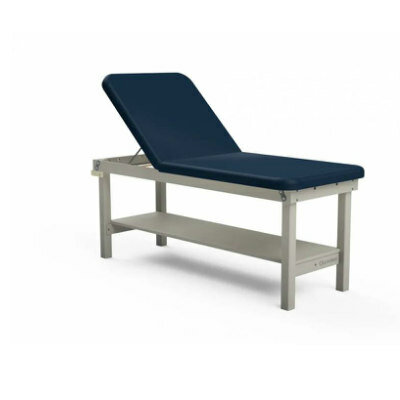Wearable Medical Device Market Worth USD13 Billion in 2016
By HospiMedica International staff writers
Posted on 03 Nov 2016
The global wearable medical device market is valued at just over USD13.2 billion for 2016, as healthcare remains among the fastest growing segments for wearables due to the overwhelming need to monitor diseases and aging populations.Posted on 03 Nov 2016
These are the latest findings of Kalorama Information, (New York, NY, USA), an independent medical market research firm.
The wearable medical device market includes products in four segments, namely Lifestyle and Fitness, Diagnostics and Monitoring, Therapeutic, and Injury Prevention and Rehabilitation. The Lifestyle and Fitness segment, which is the most advanced category of the wearable medical devices market, includes fitness trackers, activity trackers, and sports trackers. The Diagnostics and Monitoring segment includes non-invasive devices that provide valuable health information, such as glucose monitoring; cardiovascular monitoring and event recording; pregnancy, obstetrics, fetal and infant monitoring; neurological monitoring, like electroencephalogram (EEG) tests; and sleep monitoring devices.
The Therapeutic segment includes wearable systems that monitor disease states and track health activity, store data and deliver feedback therapy, including respiratory therapy, insulin management, pain management devices. Lastly, the Injury Prevention and Rehabilitation segment includes non-invasive wearable devices that provide valuable health information, including body motion, wearable sensing garment, and fall detection among others.
Wearable devices now focus on various bodily measurements such as heart rate, breathing, blood pressure and many others. New wireless and Bluetooth technologies, improved infrastructure, and patient familiarity with wireless devices are together driving sales and use of new technologies in wearable medical devices. Some advances in wearable medical devices that are making it easier for patients and physicians to incorporate wearable medical devices into their daily routine include new miniaturized sensors; peripherals; real-time measurements and interactions, wireless communication, sort-and-analyze features, portability and data transfer capabilities.
A large number of companies offer products with some form of wearable advanced features, such as wireless/remote health monitoring technologies, patient data processing applications and equipment, and applications and equipment that transfer patient monitoring data to EMRs. Some of the players providing leading products and interesting new technologies in the wearable medical device space include Philips Healthcare, Dexcom, Medtronic, Bioness, Fitbit, and Apple.
Kalorama Information >>> www.kaloramainformation.com
Related Links:
Kalorama Information














